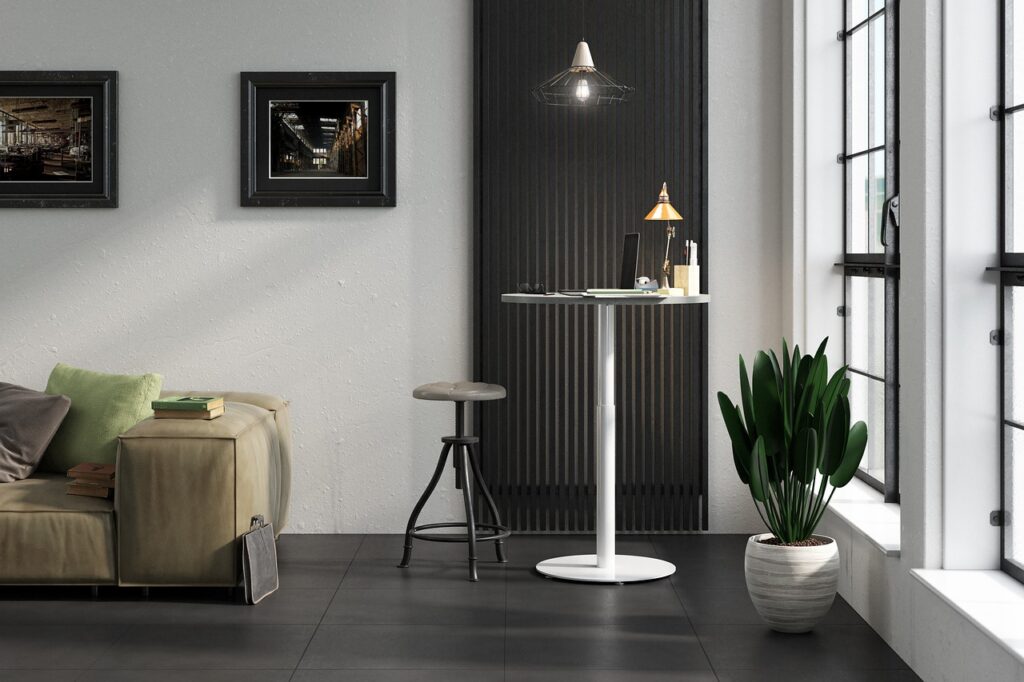Security and safety are paramount considerations in commercial spaces. Design plays a vital role in creating environments that prioritize the well-being of occupants and safeguard against potential risks. From the layout of the space to the choice of materials and the integration of security systems, commercial interior design companies employ various strategies to enhance security and safety. This article delves into the significance of design in enhancing security and safety in commercial spaces. We explore how commercial interior design companies leverage space planning, the design and build process, and strategic design elements to create environments that promote a secure and safe atmosphere for occupants.
I. Understanding the Importance of Security and Safety in Commercial Spaces
Protecting Occupants and Assets
Commercial spaces are often bustling with activity and house valuable assets. Enhancing security and safety is essential to protect the well-being of occupants and safeguard against potential threats such as theft, vandalism, or accidents. Designing with security and safety in mind ensures that commercial spaces are well-prepared to mitigate risks and respond effectively to emergencies.
Legal and Regulatory Compliance
Commercial spaces are subject to various legal and regulatory requirements concerning security and safety. Compliance with building codes, fire safety regulations, and accessibility standards is essential. By integrating security and safety measures into the design, commercial interior design companies ensure that spaces meet these requirements, reducing the risk of penalties or legal issues.
II. Space Planning for Security and Safety
Entry and Access Control
Space planning plays a crucial role in enhancing security and safety. Commercial interior design companies strategically plan the layout to incorporate secure entry points and access control systems. By considering factors such as traffic flow, visibility, and the positioning of entry points, designers create spaces that facilitate controlled access, preventing unauthorized entry and enhancing overall security.
Clear Circulation and Emergency Exits
Effective space planning involves ensuring clear circulation paths and proper placement of emergency exits. Commercial interior design companies analyze the flow of people within the space to identify potential bottlenecks or obstructions. By providing unobstructed pathways and clearly marked emergency exits, they enhance the ease of evacuation during emergencies, promoting safety for occupants.
III. Designing for Security and Safety
Surveillance and Monitoring
Commercial interior design companies integrate surveillance and monitoring systems into the design of commercial spaces. This may include the strategic placement of security cameras, installation of alarm systems, and integration with access control systems. The design ensures that critical areas are monitored, potential risks are identified, and appropriate actions can be taken swiftly.
Material Selection for Safety
The choice of materials is integral to enhancing safety in commercial spaces. Commercial interior design companies select materials that comply with fire safety regulations, are non-slip, and minimize the risk of accidents. From flooring options to wall finishes, materials are chosen for their durability, resistance to wear and tear, and ability to withstand potential hazards.
IV. The Design and Build Process
Collaboration with Security Professionals
The design and build process for security and safety in commercial spaces involves collaboration between commercial interior design companies and security professionals. By working closely with experts in the field, designers gain insights into potential threats and vulnerabilities. This collaboration ensures that the design integrates effective security measures and aligns with industry best practices.
Integrating Technology and Systems
Commercial interior design companies leverage technology to enhance security and safety. This may include integrating alarm systems, access control systems, and surveillance cameras with the overall design. By seamlessly incorporating these systems into the space, designers create environments that promote security, safety, and peace of mind for occupants.
Conclusion
Enhancing security and safety in commercial spaces is a critical consideration that cannot be overlooked. Design plays a vital role in creating environments that prioritize the well-being of occupants and safeguard against potential risks. Commercial interior design companies leverage space planning, the design and build process, and strategic design elements to enhance security and safety. By integrating access control systems, surveillance and monitoring technology, and appropriate material selections, commercial spaces become secure and safe environments for occupants and assets. A well-designed space not only meets legal and regulatory requirements but also instills confidence, peace of mind, and trust among occupants and visitors.





